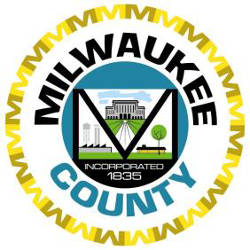 If you turn on the local news or read a story online about Milwaukee County finances, odds are you have not seen good news as of late.
If you turn on the local news or read a story online about Milwaukee County finances, odds are you have not seen good news as of late.
Bus route cuts. The Mitchel Park Domes need repair (at a potential cost of $66 million). A leaky roof at the public museum threatens its accreditation. The backlog of deferred maintenance in County Parks continues to grow.
These are all potential consequences of the County’s structural deficit, this year pegged at roughly $28 million.
So why does the County not just fix these budget problems? If our elected leaders care so much about a service like public transit, why not just allocate more money to prevent route cuts?
The answer is far more complicated than that because of the unique way local governments are funded in Wisconsin.
Milwaukee County does not have the legal authority to raise revenues in any significant way. The state caps how much local governments can collect in property taxes and sales taxes and prohibits a local income tax. This forces local governments to turn to smaller, unpopular user fees, such as the vehicle registration fee, to squeeze out more revenue for infrastructure repairs and social services.
The other side of the equation is government spending, but here too, Milwaukee County has already made substantial cuts and is severely limited. According to the Milwaukee County Department of Administration, county expenditures have decreased by $111 million since 2011, and federal and state mandates further restrict how money is spent. That is why “non-mandated” services such as public transit and parks are constantly at the forefront of bad budget news.
Talk to any Milwaukee County official and you’ll get the same answer: we need a fair deal from the state of Wisconsin. According to the Wisconsin Department of Revenue, Milwaukee County taxpayers sent $390 million more to the state general fund in 2017 than they did in 2009. In the same time period, the collection of state aid coming to Milwaukee County actually decreased by just under $24 million.
Without a change in state law that either sends Milwaukee County more state aid or allows the county to generate new revenue, the best our elected leaders can do is to spread out budget cuts that will do the least damage to the community.
County Executive Chris Abele says “this is the single more important challenge we have in the county” because it prevents him from being able to adequately fund programs that address racism and inequality in our community.
The County Executive just completed four budget listening session across the county and will present his budget recommendations in early October.




